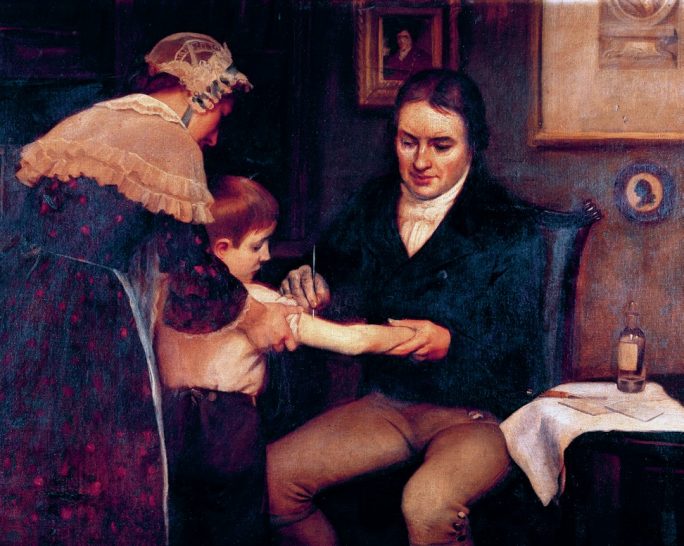
To anyone with a sense of history, the worldwide alert that went out in the summer of 2009 over the outbreak of a swine flu pandemic in Mexico must have seemed rather overblown. By the standards of almost all previous pandemics in history, the first wave of the 2009 swine flu outbreak was a relatively modest affair. By the end of August, out of 11,000 cases in Britain, only 30 people had died, nearly all of them with other non-flu factors. Around the world, the figures were 178,000 cases with 1,126 deaths. By historical standards these figures are tiny.
Flu is undoubtedly a serious disease. British people do not always realise this because they tend to complain of ‘flu’, when in fact they just have a heavy cold. Women often refer to the male tendency to over-dramatise minor ailments as a case of ‘man flu’. In fact flu — short for the Italian word ‘influenza’, meaning ‘influence’ (it was originally identified, wrongly, as the ‘influence’ of air-borne disease) — is one of a number of pandemic diseases which can pass from animals to humans; both pigs and wild fowl are known carriers. In its H5N1 form, flu is deadly to humans. Swine flu was one of the diseases taken over in Columbus’s ships in 1492 that helped devastate the native populations of the Caribbean, and even ordinary seasonal flu kills between 250,000 and 500,000 people around the world each year.
Your organisation does not have access to this article.
Sign up today to give your students the edge they need to achieve their best grades with subject expertise
Subscribe




